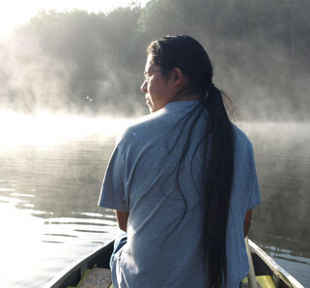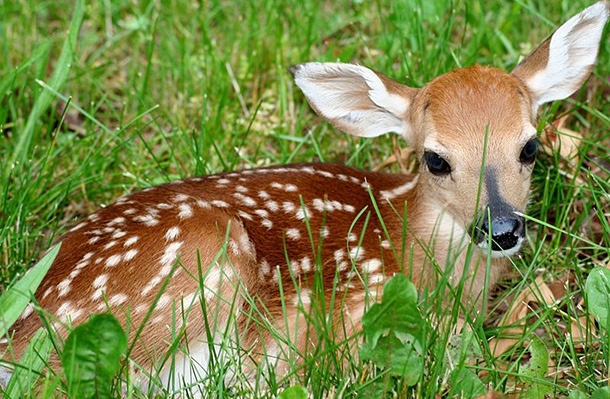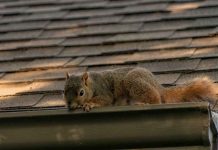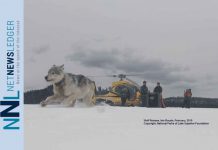
THUNDER BAY – LIVING – It is normal for me to see many wild animals and birds when I am in the wilderness of northern Ontario. I have come across moose, black bear, lynx, wolf, bobcat, caribou, polar bear, coyote, thousands of wild Canada and snow geese, as well as many types of small animals and birds. However, I never expected to see wild life so often in southern Ontario.
All along the river and lake systems in southern Ontario, I have come into close contact with Canada geese. Since the winters are usually mild in southern Ontario, many of these geese hang around the local waterways all year round. I have seen flocks of hundreds of geese right on the shores of Lake Ontario near Toronto. I recall sleeping on a sail boat one night in Toronto Island a few years ago when a sound woke me in the middle of the night. It was a familiar sound. When I got up to take a look, I was shocked to see that we were surrounded by hundreds of dozing geese floating gently on the water. Sleeping geese make a low garbling and the sound of a hundred or more birds drifting on the water is enough to wake any would be Cree hunter. Although I haven’t hunted geese for years, when I come across them in such huge groups and so close, I have to admit my mouth does water a bit.
In Toronto, I was surprised to see so many raccoons. There are thousands upon thousands of these critters living in the parks, river valleys, old buildings and run down houses in and around the city. If you take a drive out a night in just about any part of the city, especially on garbage collection night, you will catch a glimpse of entire raccoon families walking the streets. These city raccoons are street smart. They know where the easy pickings are and they watch for traffic. They time their lives to the comings and goings of the nightly garbage man.
I was in awe when I first saw thousands of Trumpeter Swans land at their migration spots near Long Point, Ontario. When they sit together in large groups, the combined sounds of so many trumpeters gives the impression that you are at an orchestra that is tuning their instruments for a grand performance.
On my daily ten kilometer walk along a trail beside the Grand River that cuts through Brantford Ontario, I have come face to face with many wild animals. Just the other day, I noticed a huge beaver who seemed to be playing around in the Grand River almost in the heart of the city of Brantford. It occurred to me that this overweight beaver had possibly been uprooted or had something tragic happen to him further upstream somewhere that resulted in his move to the city. I couldn’t help but think that he might be quite old and perhaps a little confused about where he was. Still he seemed to fit right in as I watched him happily chewing on saplings on the shores of the Grand River.

Often on my walk, I have also come across deer. I am not accustomed to seeing deer as they rarely are seen in the far north. At one point when I rounded a corner on the walking trail, I heard a crack in the forest nearby and when I looked up, there were five deer standing in a group staring at me. I stopped to look back at them and we stood there with our gazes locked for many minutes. They were not afraid of me and I wondered if local householders had been feeding them. No doubt about it they were city deer.
I always imagined that the Grand River was too polluted or used up to support any fish. To my surprise, I have discovered that there are plenty of fish in this large tributary and I have seen them feeding in the shallow waters here and there. One old fisherman I met who was a retired factory worker and originally from Newfoundland confided in me some of the best fishing spots. He pointed out that all the fishing he ever did was right in the middle of the city on the Grand River.
So, for all you northerners that think wild animals and birds are only something that occurs mainly in the north, I am here to tell you that wildlife still exists in southern Ontario in a big way.
Xavier Kataquapit





